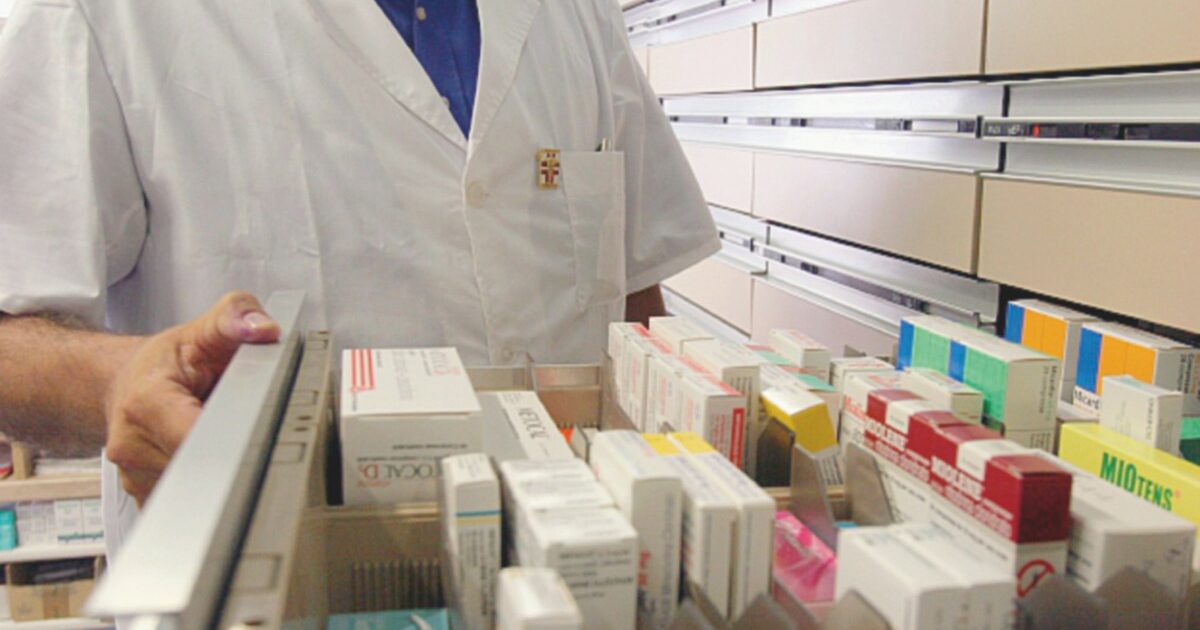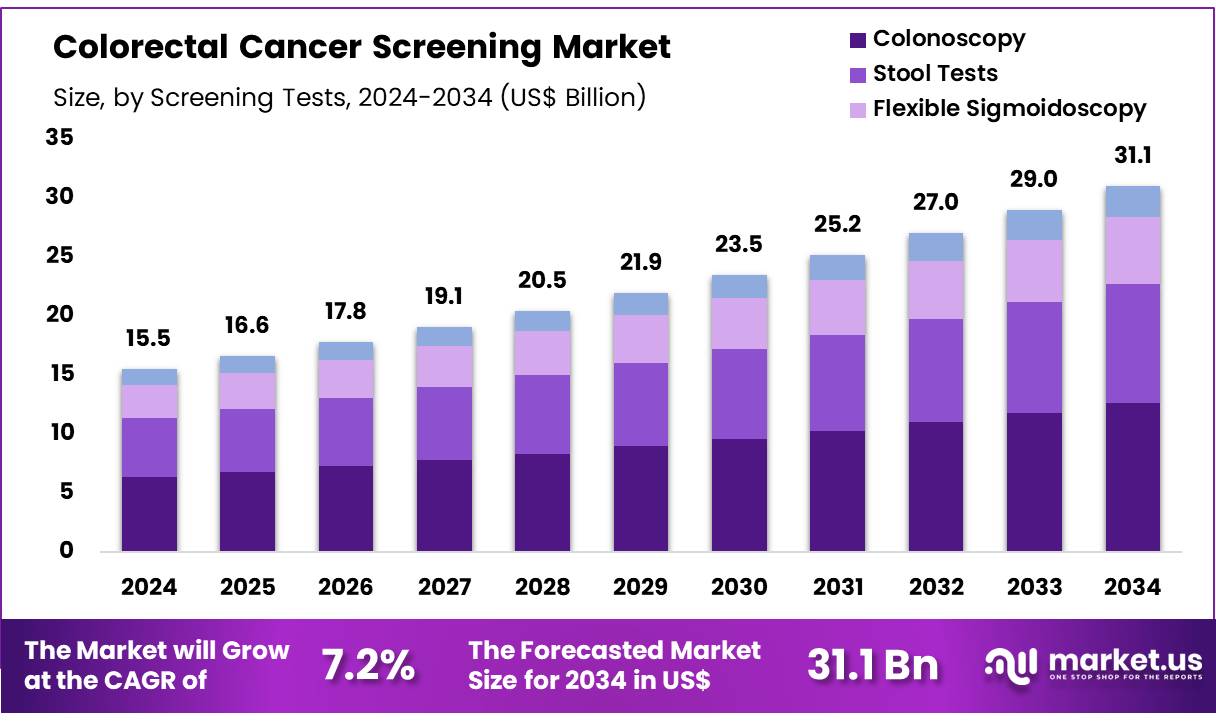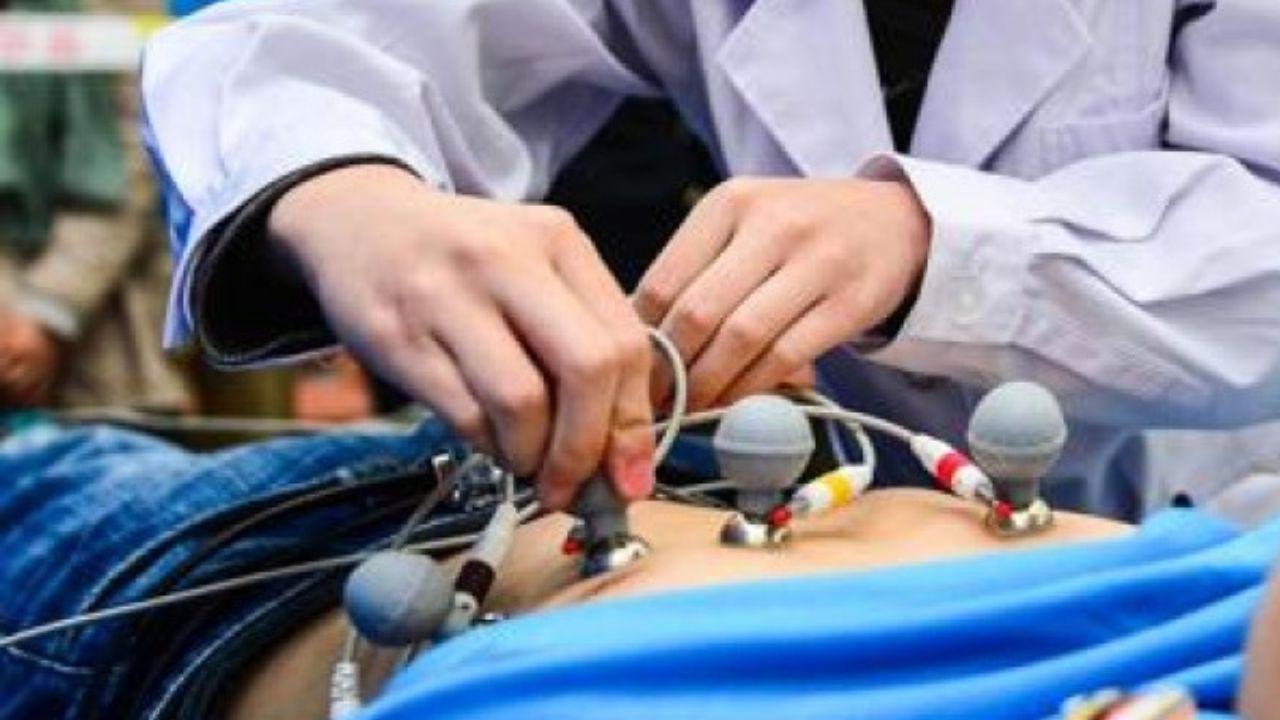FATE MOLTA ATTENZIONE!
"Attenzione, questi farmaci comuni alterano l'intestino anche anni dopo l'uso": l'allarme nel nuovo studio. L'esperto: “I farmaci restano sicuri, priorità resta la cura del paziente”
Nuova ricerca rivela che beta-bloccanti, antidepressivi e inibitori della pompa protonica modificano la flora intestinale anche dopo la sospensione...
Per capire meglio la portata di questo studio abbiamo intervistato Danilo De Gregorio, professore associato di Farmacologia all’Università Vita-Salute San Raffaele di Milano
“Attenzione, questi farmaci comuni alterano l’intestino anche anni dopo l’uso”: l’allarme nel nuovo studio. L’esperto: “Restano sicuri, priorità resta la cura del paziente”
Negli ultimi decenni abbiamo imparato a guardare al microbioma intestinale come a un organo chiave del nostro benessere. Non più soltanto un “aiutante digestivo”, ma un attore attivo nella salute immunitaria, metabolica e persino mentale. Una nuova ricerca pubblicata sulla rivista mSystems aggiunge però un tassello inatteso: molti farmaci di uso comune – dai beta-bloccanti agli antidepressivi, fino agli inibitori della pompa protonica – possono alterare l’equilibrio dei batteri intestinali per anni, anche dopo la sospensione della terapia.
Non si tratta soltanto degli antibiotici, da tempo noti per il loro impatto sul microbiota, ma di molecole largamente prescritte nella pratica quotidiana per disturbi cronici come ipertensione, insonnia, ansia e reflusso gastrico. I ricercatori dell’Università di Groningen, nei Paesi Bassi, hanno osservato che gli effetti di questi farmaci si protraggono nel tempo, modificando la composizione e la funzione della flora intestinale ben oltre la durata del trattamento. Si tratta di conclusioni di uno studio che richiedono altre conferme e approfondimenti, tuttavia suscita interrogativi cruciali: fino a che punto la “memoria farmacologica” del nostro intestino influenza la salute generale? E come possiamo bilanciare la necessità di cura con la tutela del microbioma, considerato ormai un alleato essenziale del cervello e del sistema immunitario? Per capire meglio la portata di questi risultati abbiamo intervistato Danilo De Gregorio, professore associato di Farmacologia all’Università Vita-Salute San Raffaele di Milano.
L’esperto: “Risultati interessanti, ma da leggere con prudenza”
“Lo studio è sicuramente interessante, anche per l’ampiezza della coorte analizzata – spiega De Gregorio – perché parliamo di oltre 2.500 individui sottoposti a screening per valutare l’impatto di diversi farmaci sul microbioma. Tuttavia, da farmacologo, ritengo che i risultati vadano interpretati con cautela. Gli autori hanno analizzato un numero molto elevato di farmaci su una popolazione eterogenea, dai giovani agli anziani, molti dei quali in politerapia. In queste condizioni è complesso isolare l’effetto di un singolo farmaco, poiché le interazioni tra molecole possono già di per sé modificare il microbioma, spesso in modo reversibile e non necessariamente negativo”. Il professore ricorda che il microbioma è un sistema dinamico, influenzato da molte variabili: “Dieta, stress, processi infiammatori, perfino fattori ambientali. Anche bere un bicchiere di latte può, nell’immediato, modificare la flora intestinale. Attribuire alterazioni durature esclusivamente ai farmaci, quindi, può essere fuorviante. I dati olandesi sono utili per generare ipotesi di lavoro, ma è prematuro trarre conclusioni cliniche definitive sulla salute a lungo termine”.
“I farmaci restano sicuri: la priorità è sempre la cura del paziente”
In ogni caso, come gestire il possibile impatto dei farmaci più diffusi? De Gregorio è netto: “La priorità resta la cura del paziente. I beta-bloccanti, gli antidepressivi o gli inibitori della pompa protonica hanno benefici consolidati e non ci sono motivi per sospenderli per timore di alterazioni microbiche. È però importante prescriverli sempre in modo appropriato, alla dose minima efficace e per il tempo strettamente necessario. Inoltre, bisognerebbe evitare politerapie superflue: quando si combinano troppi farmaci, le interazioni aumentano e l’effetto complessivo sul microbioma può diventare meno prevedibile”. Dal punto di vista del paziente, aggiunge, è possibile comunque adottare alcune buone pratiche: “Ridurre lo stress e seguire un’alimentazione equilibrata aiuta a mantenere l’omeostasi intestinale. Ma non ci sono, al momento, motivi per limitare o modificare le terapie consolidate sulla base dei risultati di un singolo studio”.
Come “riparare” un microbioma alterato
E se un trattamento farmacologico avesse effettivamente modificato la flora intestinale? “Uno dei modi per preservare o riequilibrare il microbioma – spiega l’esperto – è l’utilizzo di prebiotici o probiotici selezionati, combinati con una dieta ricca di fibre e alimenti fermentati. Anche la riduzione dello stress gioca un ruolo importante”. Il farmacologo cita le ricerche del neuroscienziato irlandese John Cryan, tra i pionieri dello studio del cosiddetto asse intestino-cervello: “Alcuni studi sperimentali hanno mostrato che nei pazienti depressi il microbioma risulta alterato e che, nei casi resistenti agli antidepressivi tradizionali, un trapianto fecale da donatori sani può migliorare i sintomi. Non è ancora una terapia clinicamente approvata, ma ci dà la misura di quanto la modulazione del microbioma possa influenzare anche la salute mentale”.
Un sistema complesso, da rispettare
Di fatto, lo studio olandese rappresenta più un punto di partenza che un allarme: “I risultati vanno presi con cautela, perché influenzati da molteplici fattori, in particolare nelle persone che assumono più farmaci contemporaneamente. Queste molecole – conclude De Gregorio – restano sicure e utili: ci ricordano soltanto che il corpo è un sistema complesso, e che ogni terapia deve essere calibrata con attenzione”.
https://www.ilfattoquotidiano.it/2025/11/12/attenzione-questi-farmaci-comuni-alterano-lintestino-anche-anni-dopo-luso-lallarme-nel-nuovo-studio-lesperto-restano-sicuri-priorita-resta-la-cura-del-paziente/8184689/
"Attenzione, questi farmaci comuni alterano l'intestino anche anni dopo l'uso": l'allarme nel nuovo studio. L'esperto: “I farmaci restano sicuri, priorità resta la cura del paziente”
Nuova ricerca rivela che beta-bloccanti, antidepressivi e inibitori della pompa protonica modificano la flora intestinale anche dopo la sospensione...
Per capire meglio la portata di questo studio abbiamo intervistato Danilo De Gregorio, professore associato di Farmacologia all’Università Vita-Salute San Raffaele di Milano
“Attenzione, questi farmaci comuni alterano l’intestino anche anni dopo l’uso”: l’allarme nel nuovo studio. L’esperto: “Restano sicuri, priorità resta la cura del paziente”
Negli ultimi decenni abbiamo imparato a guardare al microbioma intestinale come a un organo chiave del nostro benessere. Non più soltanto un “aiutante digestivo”, ma un attore attivo nella salute immunitaria, metabolica e persino mentale. Una nuova ricerca pubblicata sulla rivista mSystems aggiunge però un tassello inatteso: molti farmaci di uso comune – dai beta-bloccanti agli antidepressivi, fino agli inibitori della pompa protonica – possono alterare l’equilibrio dei batteri intestinali per anni, anche dopo la sospensione della terapia.
Non si tratta soltanto degli antibiotici, da tempo noti per il loro impatto sul microbiota, ma di molecole largamente prescritte nella pratica quotidiana per disturbi cronici come ipertensione, insonnia, ansia e reflusso gastrico. I ricercatori dell’Università di Groningen, nei Paesi Bassi, hanno osservato che gli effetti di questi farmaci si protraggono nel tempo, modificando la composizione e la funzione della flora intestinale ben oltre la durata del trattamento. Si tratta di conclusioni di uno studio che richiedono altre conferme e approfondimenti, tuttavia suscita interrogativi cruciali: fino a che punto la “memoria farmacologica” del nostro intestino influenza la salute generale? E come possiamo bilanciare la necessità di cura con la tutela del microbioma, considerato ormai un alleato essenziale del cervello e del sistema immunitario? Per capire meglio la portata di questi risultati abbiamo intervistato Danilo De Gregorio, professore associato di Farmacologia all’Università Vita-Salute San Raffaele di Milano.
L’esperto: “Risultati interessanti, ma da leggere con prudenza”
“Lo studio è sicuramente interessante, anche per l’ampiezza della coorte analizzata – spiega De Gregorio – perché parliamo di oltre 2.500 individui sottoposti a screening per valutare l’impatto di diversi farmaci sul microbioma. Tuttavia, da farmacologo, ritengo che i risultati vadano interpretati con cautela. Gli autori hanno analizzato un numero molto elevato di farmaci su una popolazione eterogenea, dai giovani agli anziani, molti dei quali in politerapia. In queste condizioni è complesso isolare l’effetto di un singolo farmaco, poiché le interazioni tra molecole possono già di per sé modificare il microbioma, spesso in modo reversibile e non necessariamente negativo”. Il professore ricorda che il microbioma è un sistema dinamico, influenzato da molte variabili: “Dieta, stress, processi infiammatori, perfino fattori ambientali. Anche bere un bicchiere di latte può, nell’immediato, modificare la flora intestinale. Attribuire alterazioni durature esclusivamente ai farmaci, quindi, può essere fuorviante. I dati olandesi sono utili per generare ipotesi di lavoro, ma è prematuro trarre conclusioni cliniche definitive sulla salute a lungo termine”.
“I farmaci restano sicuri: la priorità è sempre la cura del paziente”
In ogni caso, come gestire il possibile impatto dei farmaci più diffusi? De Gregorio è netto: “La priorità resta la cura del paziente. I beta-bloccanti, gli antidepressivi o gli inibitori della pompa protonica hanno benefici consolidati e non ci sono motivi per sospenderli per timore di alterazioni microbiche. È però importante prescriverli sempre in modo appropriato, alla dose minima efficace e per il tempo strettamente necessario. Inoltre, bisognerebbe evitare politerapie superflue: quando si combinano troppi farmaci, le interazioni aumentano e l’effetto complessivo sul microbioma può diventare meno prevedibile”. Dal punto di vista del paziente, aggiunge, è possibile comunque adottare alcune buone pratiche: “Ridurre lo stress e seguire un’alimentazione equilibrata aiuta a mantenere l’omeostasi intestinale. Ma non ci sono, al momento, motivi per limitare o modificare le terapie consolidate sulla base dei risultati di un singolo studio”.
Come “riparare” un microbioma alterato
E se un trattamento farmacologico avesse effettivamente modificato la flora intestinale? “Uno dei modi per preservare o riequilibrare il microbioma – spiega l’esperto – è l’utilizzo di prebiotici o probiotici selezionati, combinati con una dieta ricca di fibre e alimenti fermentati. Anche la riduzione dello stress gioca un ruolo importante”. Il farmacologo cita le ricerche del neuroscienziato irlandese John Cryan, tra i pionieri dello studio del cosiddetto asse intestino-cervello: “Alcuni studi sperimentali hanno mostrato che nei pazienti depressi il microbioma risulta alterato e che, nei casi resistenti agli antidepressivi tradizionali, un trapianto fecale da donatori sani può migliorare i sintomi. Non è ancora una terapia clinicamente approvata, ma ci dà la misura di quanto la modulazione del microbioma possa influenzare anche la salute mentale”.
Un sistema complesso, da rispettare
Di fatto, lo studio olandese rappresenta più un punto di partenza che un allarme: “I risultati vanno presi con cautela, perché influenzati da molteplici fattori, in particolare nelle persone che assumono più farmaci contemporaneamente. Queste molecole – conclude De Gregorio – restano sicure e utili: ci ricordano soltanto che il corpo è un sistema complesso, e che ogni terapia deve essere calibrata con attenzione”.
https://www.ilfattoquotidiano.it/2025/11/12/attenzione-questi-farmaci-comuni-alterano-lintestino-anche-anni-dopo-luso-lallarme-nel-nuovo-studio-lesperto-restano-sicuri-priorita-resta-la-cura-del-paziente/8184689/
FATE MOLTA ATTENZIONE!
"Attenzione, questi farmaci comuni alterano l'intestino anche anni dopo l'uso": l'allarme nel nuovo studio. L'esperto: “I farmaci restano sicuri, priorità resta la cura del paziente”
Nuova ricerca rivela che beta-bloccanti, antidepressivi e inibitori della pompa protonica modificano la flora intestinale anche dopo la sospensione...
Per capire meglio la portata di questo studio abbiamo intervistato Danilo De Gregorio, professore associato di Farmacologia all’Università Vita-Salute San Raffaele di Milano
“Attenzione, questi farmaci comuni alterano l’intestino anche anni dopo l’uso”: l’allarme nel nuovo studio. L’esperto: “Restano sicuri, priorità resta la cura del paziente”
Negli ultimi decenni abbiamo imparato a guardare al microbioma intestinale come a un organo chiave del nostro benessere. Non più soltanto un “aiutante digestivo”, ma un attore attivo nella salute immunitaria, metabolica e persino mentale. Una nuova ricerca pubblicata sulla rivista mSystems aggiunge però un tassello inatteso: molti farmaci di uso comune – dai beta-bloccanti agli antidepressivi, fino agli inibitori della pompa protonica – possono alterare l’equilibrio dei batteri intestinali per anni, anche dopo la sospensione della terapia.
Non si tratta soltanto degli antibiotici, da tempo noti per il loro impatto sul microbiota, ma di molecole largamente prescritte nella pratica quotidiana per disturbi cronici come ipertensione, insonnia, ansia e reflusso gastrico. I ricercatori dell’Università di Groningen, nei Paesi Bassi, hanno osservato che gli effetti di questi farmaci si protraggono nel tempo, modificando la composizione e la funzione della flora intestinale ben oltre la durata del trattamento. Si tratta di conclusioni di uno studio che richiedono altre conferme e approfondimenti, tuttavia suscita interrogativi cruciali: fino a che punto la “memoria farmacologica” del nostro intestino influenza la salute generale? E come possiamo bilanciare la necessità di cura con la tutela del microbioma, considerato ormai un alleato essenziale del cervello e del sistema immunitario? Per capire meglio la portata di questi risultati abbiamo intervistato Danilo De Gregorio, professore associato di Farmacologia all’Università Vita-Salute San Raffaele di Milano.
L’esperto: “Risultati interessanti, ma da leggere con prudenza”
“Lo studio è sicuramente interessante, anche per l’ampiezza della coorte analizzata – spiega De Gregorio – perché parliamo di oltre 2.500 individui sottoposti a screening per valutare l’impatto di diversi farmaci sul microbioma. Tuttavia, da farmacologo, ritengo che i risultati vadano interpretati con cautela. Gli autori hanno analizzato un numero molto elevato di farmaci su una popolazione eterogenea, dai giovani agli anziani, molti dei quali in politerapia. In queste condizioni è complesso isolare l’effetto di un singolo farmaco, poiché le interazioni tra molecole possono già di per sé modificare il microbioma, spesso in modo reversibile e non necessariamente negativo”. Il professore ricorda che il microbioma è un sistema dinamico, influenzato da molte variabili: “Dieta, stress, processi infiammatori, perfino fattori ambientali. Anche bere un bicchiere di latte può, nell’immediato, modificare la flora intestinale. Attribuire alterazioni durature esclusivamente ai farmaci, quindi, può essere fuorviante. I dati olandesi sono utili per generare ipotesi di lavoro, ma è prematuro trarre conclusioni cliniche definitive sulla salute a lungo termine”.
“I farmaci restano sicuri: la priorità è sempre la cura del paziente”
In ogni caso, come gestire il possibile impatto dei farmaci più diffusi? De Gregorio è netto: “La priorità resta la cura del paziente. I beta-bloccanti, gli antidepressivi o gli inibitori della pompa protonica hanno benefici consolidati e non ci sono motivi per sospenderli per timore di alterazioni microbiche. È però importante prescriverli sempre in modo appropriato, alla dose minima efficace e per il tempo strettamente necessario. Inoltre, bisognerebbe evitare politerapie superflue: quando si combinano troppi farmaci, le interazioni aumentano e l’effetto complessivo sul microbioma può diventare meno prevedibile”. Dal punto di vista del paziente, aggiunge, è possibile comunque adottare alcune buone pratiche: “Ridurre lo stress e seguire un’alimentazione equilibrata aiuta a mantenere l’omeostasi intestinale. Ma non ci sono, al momento, motivi per limitare o modificare le terapie consolidate sulla base dei risultati di un singolo studio”.
Come “riparare” un microbioma alterato
E se un trattamento farmacologico avesse effettivamente modificato la flora intestinale? “Uno dei modi per preservare o riequilibrare il microbioma – spiega l’esperto – è l’utilizzo di prebiotici o probiotici selezionati, combinati con una dieta ricca di fibre e alimenti fermentati. Anche la riduzione dello stress gioca un ruolo importante”. Il farmacologo cita le ricerche del neuroscienziato irlandese John Cryan, tra i pionieri dello studio del cosiddetto asse intestino-cervello: “Alcuni studi sperimentali hanno mostrato che nei pazienti depressi il microbioma risulta alterato e che, nei casi resistenti agli antidepressivi tradizionali, un trapianto fecale da donatori sani può migliorare i sintomi. Non è ancora una terapia clinicamente approvata, ma ci dà la misura di quanto la modulazione del microbioma possa influenzare anche la salute mentale”.
Un sistema complesso, da rispettare
Di fatto, lo studio olandese rappresenta più un punto di partenza che un allarme: “I risultati vanno presi con cautela, perché influenzati da molteplici fattori, in particolare nelle persone che assumono più farmaci contemporaneamente. Queste molecole – conclude De Gregorio – restano sicure e utili: ci ricordano soltanto che il corpo è un sistema complesso, e che ogni terapia deve essere calibrata con attenzione”.
https://www.ilfattoquotidiano.it/2025/11/12/attenzione-questi-farmaci-comuni-alterano-lintestino-anche-anni-dopo-luso-lallarme-nel-nuovo-studio-lesperto-restano-sicuri-priorita-resta-la-cura-del-paziente/8184689/











